Here are some random notes about what we saw in India that maybe didn't make it into the daily entries...
Harassment by touts is constant. "Where you from?" It's the usual opening line for touts and almost always leads to them wanting money from us for one reason or another. (When we reply "Canada", they say "French side or English side?" or else "Toronto, Vancouver, Montreal?")
"Hello. Hello...." is shouted by touts who want to get the attention of a tourist. It's also the standard way of answering the phone in India. So we're always thinking some tout is chasing us when sometimes it's just someone answering their cell phone.
There isn't really a polite way to say this...India was really, really dirty. Animals and people poop on the street. People throw their garbage wherever and it accumulates in the street. And the smell of all that garbage, shit and urine is pervasive. There is a lot of dust, both in the air and on every surface. Some of the hotels we stayed in offered an oasis of cleanliness, but most were unable to keep the dirtyness at bay.
Cows - obviously, there are cows all over the place.
Dirty money - and we're not talking about corruption. Most of the paper bills are blackened from being handled by dirty hands. It's a good reminder to pull out the hand sanitizer.
Paperwork - in India they love their paperwork. Anything you want to do will require multiple forms to be filled out, a photocopy of your passport attached and maybe a notarized photo as well.
Rigid work hierarchy - many times we saw two men doing the work of one. Usually one was clearly the supervisor, and he would stand in judgement of the other who was actually doing the work. (Though not doing it very quickly.)
Indian numbering system has some new words to get used to:
100 thousand is called a 'lakh' and is written as 1,00,000.
10 million is called a crore and is written as 1,00,00,000.
So in an Indian newspaper, a million would be referred to as 10 lakh. And a billion would be 100 crore.
Shameless self-promotion by government officials. The newspaper always has big adds from federal government ministries about whatever government program they are funding. And the adds all have a big picture of the prime minister on them, along with whatever local official is involved in the program.
Obsequious waiters - many of the restaurants we visited had waiters (always male) that were ingratiating at best and cringing at worst. Yet somehow neglectful at the same time. Always trying to tell you what you want to hear. Hilariously, one waiter always answered 'yes' to every question we asked. Eventually we figured out that he didn't understand a word we were saying. (e.g. Q: Do you have beer? A: Yes. Q: How much does it cost? A: Yes. Q: No, no, I mean, what is the price of the beer? A: Yes.)
Precious toilet paper - in most washrooms there is no toilet paper. Hotels provide paper, but are very frugal with it. The rolls are small and the cardboard tube in the middle is huge. And they only give you one, so at least once per day we'd have to go down to the front desk to ask for more toilet paper.
Most Indians don't use toilet paper anyway - they wash with water instead. And bathrooms with plumbing all come equipped with a water tap right next to the toilet, and often a spray hose too.
Normally in India people bathe with just soap and a bucket of water. Even in hotels with western style showers, there is always a set of taps and a bucket provided for people who prefer the Indian way. And...there's no shower stall. The whole bathroom is tiled so water goes everywhere. (Advisable to remove the precious toilet paper before showering.)
Taxis all have signs on the back window that say "This Taxi Respects Women".
Long tassels, usually black, can be seen hanging off many of the cars and nearly ALL of the big trucks. Our driver, Mr Guru, says its for good luck.
TA-TAs 'til Tuesday - India's big auto manufacturer is TATA Motors. They are the most common type of cars and trucks you see on the road, though there is also a goodly number of Hyundais, Suzukis and a few Toyotas mixed in. In itself, this isn't all that interesting. I just like saying 'tatas'.
What could be better than tatas? How about tatas with tassels on them?
Oversized loads. From the auto rickshaws with 6 people packed inside to the semi trailers piled high with precarious loads, it seems every moving vehicle in India is over capacity. One time we saw a truck with a load of sand piles high above the top of the box with hand prints in the sand all the way around indicating that the sand had been packed in by hand like a giant rolling sand castle.
Musical bus horns. Every motorized vehicle has a horn, which is used constantly. Buses all seem to have fancy musical horns that play a brief series of notes, presumably to alert potential passengers of the bus' approach. So when driving on the highway and you hear a musical horn behind you, you can be sure there is a giant bus 18 inches off your back bumper that's about to attempt to pass you.
Sleeper buses with a very low attic-like second story above the seats where the luggage rack would normally be.
Highway construction - often includes modern construction equipment mixed with carts pulled by camel and women carrying baskets full of dirt on their heads. Instead of orange plastic traffic cones, highway construction crews will put out white bags of sand on the road.
For other hazard areas (such as car accidents, dead cows or mechanical breakdown) people just put a bunch of large rocks out on the road to slow down the traffic and create a safe perimeter.
Cats and dogs - dogs are everywhere, but there are no cats to be seen. One of our guides said that there are lots of cats, but they are all indoors. Cats that go outside are killed by the dogs.
Cooking fires on the street. Streets are lined with food vendors and most have jury-rigged stoves made out of pails or cement blocks, with pans of food or great pots of hot oil balance precariously on top.
Hand water pumps are still in use in many places.
Swastikas - can be seen all over the place in India. They are part of Hindu religious iconography and don't mean the same thing to Indians as they do to westerners. In fact the Nazi propagandists thought it looked cool and 'stole' it from Hinduism. Most of the time is just used as a good luck charm, painted on doorways of houses and on vehicles.
Looking Back
Friday, December 09, 2016
 Regina, Saskatchewan, Canada
Regina, Saskatchewan, Canada
Other Entries
-
22Tour day 6 - Jodhpur
Nov 2019 days prior Jodhpur, Indiaphoto_camera25videocam 0comment 0
Jodhpur, Indiaphoto_camera25videocam 0comment 0 -
23Tour day 7 - Jodhpur to Udaipur
Nov 2118 days prior Udaipur, Indiaphoto_camera22videocam 0comment 0
Udaipur, Indiaphoto_camera22videocam 0comment 0 -
24Tour day 8 - Udaipur
Nov 2217 days prior Udaipur, Indiaphoto_camera29videocam 0comment 0
Udaipur, Indiaphoto_camera29videocam 0comment 0 -
25Tour day 9 - Udaipur to Pushkar
Nov 2316 days prior Pushkar, Indiaphoto_camera14videocam 0comment 0
Pushkar, Indiaphoto_camera14videocam 0comment 0 -
26Tour day 10 - Pushkar to Jaipur
Nov 2415 days prior Jaipur, Indiaphoto_camera11videocam 0comment 0
Jaipur, Indiaphoto_camera11videocam 0comment 0 -
27Tour day 11 - Jaipur
Nov 2514 days prior Jaipur, Indiaphoto_camera24videocam 0comment 0
Jaipur, Indiaphoto_camera24videocam 0comment 0 -
28Tour day 12 - Jaipur to Ranthambore
Nov 2613 days prior Sawai Madhopur, Indiaphoto_camera16videocam 0comment 0
Sawai Madhopur, Indiaphoto_camera16videocam 0comment 0 -
29Tour day 13 - Ranthambore to Agra
Nov 2712 days prior Fatehpur Sikri, Indiaphoto_camera13videocam 0comment 0
Fatehpur Sikri, Indiaphoto_camera13videocam 0comment 0 -
30Tour day 14 - Agra and Taj Mahal
Nov 2811 days prior Agra, Indiaphoto_camera27videocam 0comment 0
Agra, Indiaphoto_camera27videocam 0comment 0 -
31Tour day 15 - back to Delhi
Nov 2910 days prior Delhi, Indiaphoto_camera9videocam 0comment 0
Delhi, Indiaphoto_camera9videocam 0comment 0 -
32Big Delhi Temples
Nov 309 days prior New Delhi, Indiaphoto_camera5videocam 0comment 0
New Delhi, Indiaphoto_camera5videocam 0comment 0 -
33Flying to Varanasi
Dec 018 days prior Varanasi, Indiaphoto_camera5videocam 0comment 0
Varanasi, Indiaphoto_camera5videocam 0comment 0 -
34Exploring the Ghats (and Hospitals) of Varanasi
Dec 027 days prior Varanasi, Indiaphoto_camera12videocam 0comment 0
Varanasi, Indiaphoto_camera12videocam 0comment 0 -
35Returning to the Hospital
Dec 036 days prior Varanasi, Indiaphoto_camera14videocam 0comment 0
Varanasi, Indiaphoto_camera14videocam 0comment 0 -
36Rowboats on the Ganges
Dec 045 days prior Varanasi, Indiaphoto_camera18videocam 0comment 0
Varanasi, Indiaphoto_camera18videocam 0comment 0 -
37Return to Delhi
Dec 054 days prior New Delhi, Indiaphoto_camera14videocam 0comment 0
New Delhi, Indiaphoto_camera14videocam 0comment 0 -
38Laser Surgery
Dec 063 days prior New Delhi, Indiaphoto_camera3videocam 0comment 0
New Delhi, Indiaphoto_camera3videocam 0comment 0 -
39Post Op Follow Up
Dec 072 days prior New Delhi, Indiaphoto_camera2videocam 0comment 0
New Delhi, Indiaphoto_camera2videocam 0comment 0 -
40Coming Home (aka medical evacuation)
Dec 081 day prior Toronto, Canadaphoto_camera0videocam 0comment 0
Toronto, Canadaphoto_camera0videocam 0comment 0 -
41Looking Back
Dec 09 Regina, Canadaphoto_camera13videocam 0comment 0
Regina, Canadaphoto_camera13videocam 0comment 0

 Regina, Saskatchewan, Canada
Regina, Saskatchewan, Canada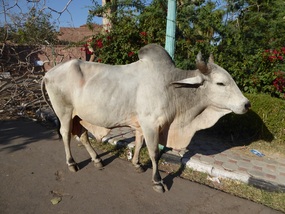
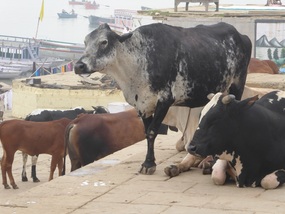
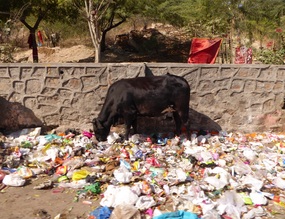
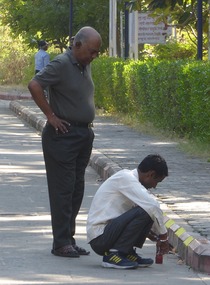
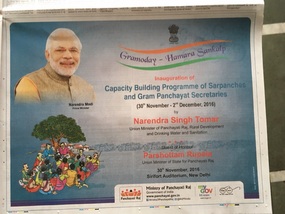
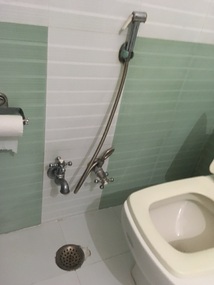
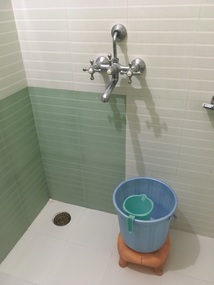
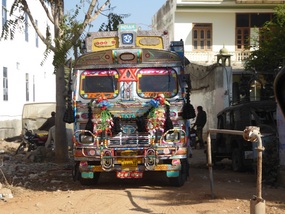
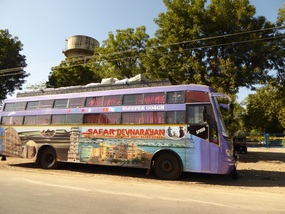
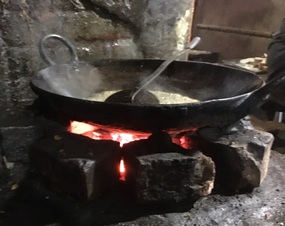
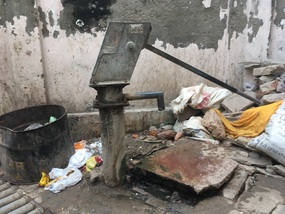
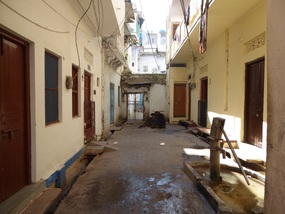
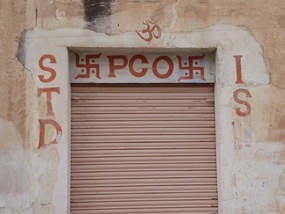


2025-05-23